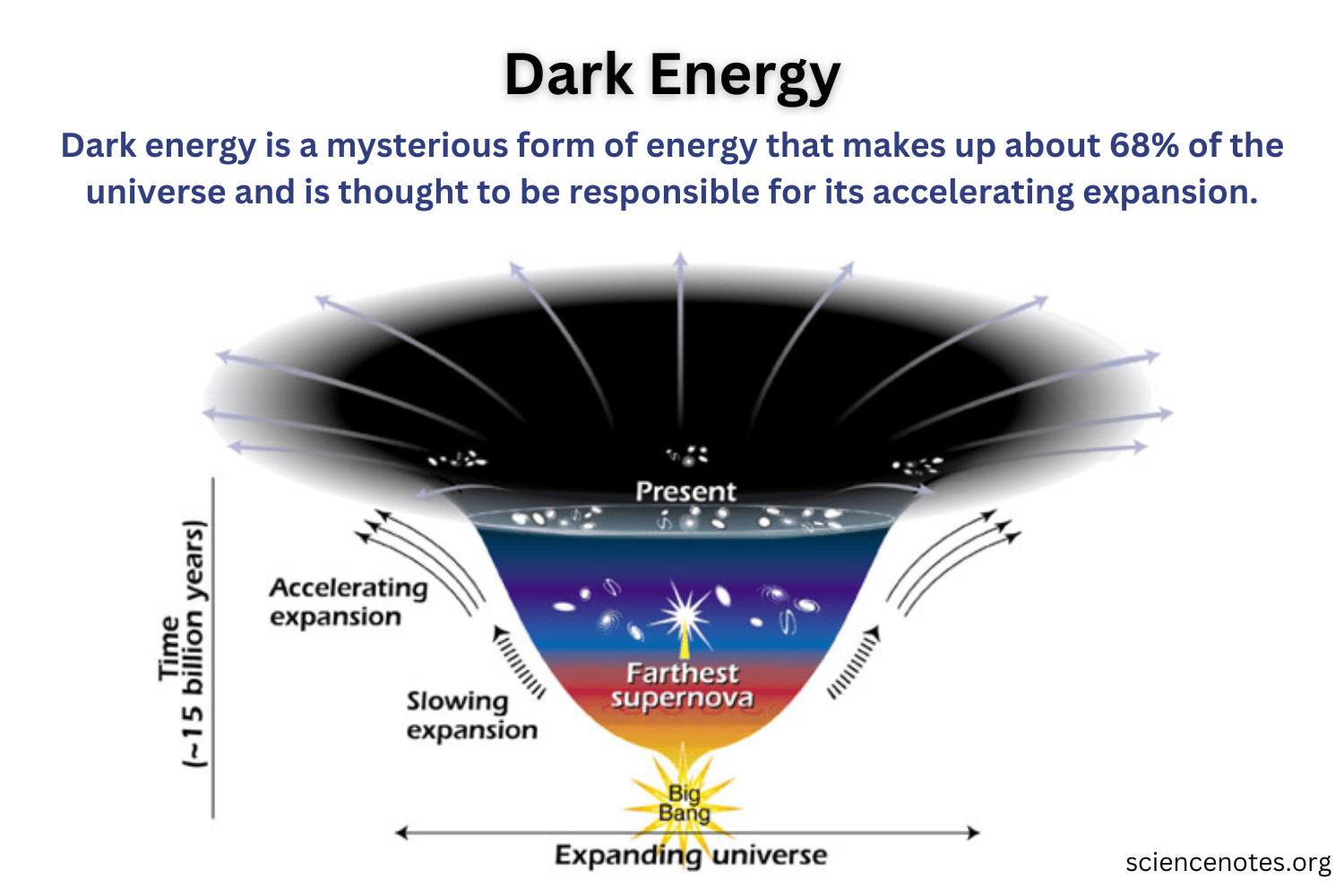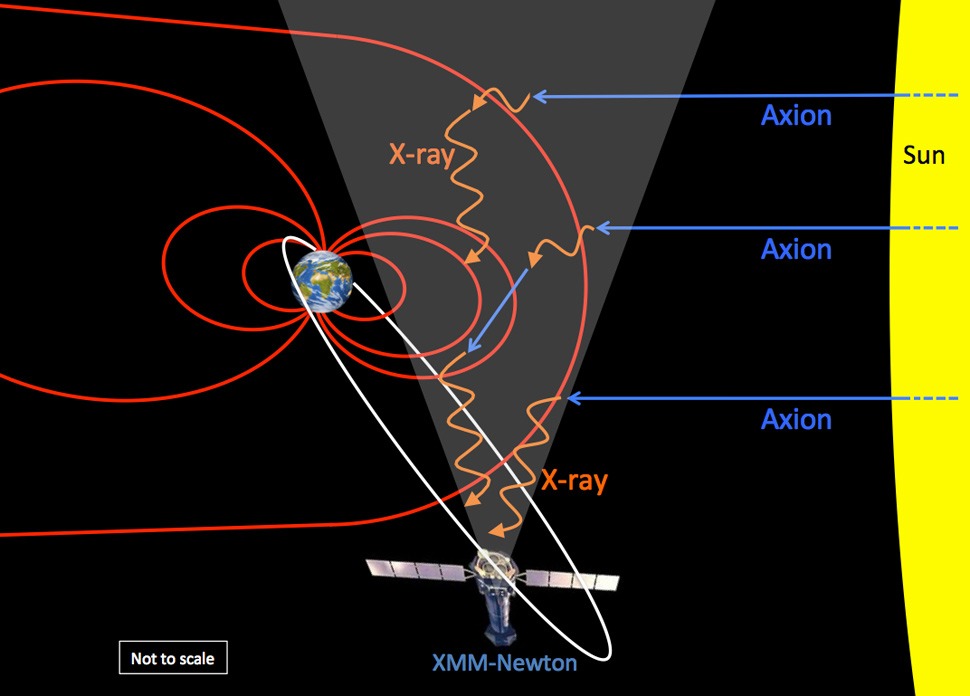The Trellis Air membrane is revolutionizing the way we think about energy-efficient air conditioning by introducing an innovative cooling technology designed to combat rising temperatures due to climate change. Developed by a Harvard startup, this groundbreaking system operates much like a coffee filter, effectively drying and cooling the air with remarkable efficiency. As traditional cooling methods contribute significantly to global greenhouse gas emissions, Trellis Air’s novel membrane dehumidification approach offers a promising climate change solution that could drastically reduce energy consumption. With air conditioning demand expected to soar by 40% by 2030, the need for such pioneering advancements is more crucial than ever. By leveraging cutting-edge science and engineering, Trellis Air presents a unique opportunity to minimize our carbon footprint while enhancing indoor comfort.
Introducing the Trellis Air membrane, a cutting-edge solution aimed at transforming the air conditioning landscape through revolutionary moisture removal processes. This remarkable system, developed by a team of researchers from Harvard University, employs advanced membrane technology that mimics the function of a coffee filter to remove humidity from the air, paving the way for a new era in innovative cooling systems. With the impending surge in global temperatures and energy demands, this state-of-the-art membrane dehumidification technique stands out as a critical response to the environmental challenges posed by climate change. As air conditioning has largely remained stagnant in terms of efficiency advancements, the introduction of this breakthrough solution signifies a crucial shift towards more sustainable practices. By incorporating this inventive method into both home and industrial cooling applications, Trellis Air aims to drastically reduce energy consumption and emissions associated with traditional cooling technologies.
The Need for Energy-Efficient Air Conditioning Solutions
As the impacts of climate change intensify, the demand for energy-efficient air conditioning solutions has become increasingly critical. Research indicates that global temperatures are rising, compelling a heightened demand for cooling systems. In fact, air conditioning usage is projected to increase by up to 40 percent by 2030. This surge represents a significant challenge as current cooling technologies emit about four percent of all greenhouse gases, which is more than what results from all air travel combined. Therefore, the necessity for innovative cooling technologies that mitigate climate change while meeting consumer demands is paramount.
Amidst these challenges, the advent of energy-efficient systems becomes essential not just for reducing emissions but also for addressing the economic implications of increased energy use. As energy consumption for cooling escalates, so do operational costs for businesses and homeowners. Thus, embracing solutions like Trellis Air’s membrane technology can potentially revolutionize the industry, offering economically viable, environmentally friendly air conditioning options that utilize less energy and reduce emissions.
How Trellis Air Membrane Technology Works
The Trellis Air membrane system operates on an innovative dehumidification principle that diverges from traditional air conditioning technology. Much like a coffee filter, it is designed to extract moisture from the air without relying heavily on refrigerants, which are known contributors to global warming. This revolutionary approach uses a unique membrane, allowing for a more energy-efficient operation that consumes significantly less power compared to conventional air conditioning systems. By utilizing advanced materials and engineering techniques, the membrane system ensures effective moisture control while maintaining a cooler environment.
This new technology’s implications extend beyond energy savings; it also addresses the broader issues of climate change. With current methods of dehumidification being energy-intensive, Trellis Air’s approach represents a sustainable alternative. By incorporating this technology into existing air conditioning systems, it has the potential to dramatically lower the total energy footprint of cooling operations, paving the way for a more sustainable future in climate control, especially in a world facing increasingly hot conditions.
Innovative Cooling Technology for Climate Change Solutions
The development of innovative cooling technology is vital for creating effective solutions to the climate crisis. As temperatures soar, the need for efficient cooling becomes more critical, underlining the importance of advancements like those introduced by Trellis Air. This startup harnesses cutting-edge research from Harvard to transform how we think about air conditioning, emphasizing the need for systems that don’t just cool but also dry air effectively and sustainably. By moving away from harmful refrigerants and improving energy efficiency, Trellis Air is setting a benchmark in environmentally friendly innovations.
Besides the immediate energy savings, the benefits of such innovative technology resonate on a larger scale. Studies indicate that by adopting solutions like the Trellis Air membrane, the air conditioning industry could significantly decrease its carbon footprint, contributing to global efforts in combating climate change. In this context, innovative cooling technology not only fulfills current needs but also encourages a generational shift toward sustainable practices in an industry that has historically contributed to environmental degradation.
Collaboration and Support from Harvard Innovations
Trellis Air’s successful development and eventual commercialization can be attributed to the extensive collaboration with various departments at Harvard University. Researchers, scientists, and industry experts worked together to create a novel system that not only meets cooling demands but also adheres to sustainable practices. The company received support from the Harvard Office of Technology Development, which played a crucial role in protecting the intellectual property associated with these innovations. Such robust academic backing has paved the way for Trellis Air to leverage scientific advancements into practical, market-ready solutions.
Moreover, the funding from Harvard’s Office of the Vice Provost for Climate and Sustainability, as well as the U.S. Department of Energy, has empowered Trellis Air to conduct critical research and pilot programs. These collaborations ensure that the technology developed is not only innovative but also feasible in real-world applications, reaffirming the university’s commitment to creating climate change solutions. The ongoing partnership with leading academic minds highlights the importance of interdisciplinary approaches in addressing the pressing challenges posed by our warming planet.
Addressing Historical Challenges in Air Conditioning Tech
Traditional air conditioning systems have remained largely unchanged for over a century, relying on vapor-compression technology that has significant environmental drawbacks. These systems not only draw excessively on energy resources, but they also contribute to greenhouse gas emissions through the use of refrigerants. With climate change prompting an urgent need for solutions, startups like Trellis Air are revitalizing the discourse surrounding cooling technology by addressing these historical challenges head-on.
Through the development of the Trellis Air membrane, the company poses a solution that offers efficiency without the environmental baggage of conventional air conditioning systems. By focusing on moisture extraction and innovative design, Trellis Air represents a significant leap forward in the industry’s evolution. Addressing the inefficiencies of historical technologies may hold the key to balancing human comfort and environmental responsibility amidst the growing crisis of climate change.
The Future of Air Conditioning with Trellis Air
Looking towards the future, Trellis Air aims to redefine how air conditioning systems operate on a global scale. The vision includes integrating their membrane technology into standard air conditioners to improve energy efficiency markedly and lower emissions. By positioning their technology as a ‘pre-drying module,’ Trellis Air estimates that they can transform the cooling industry, making it more sustainable and efficient as demand skyrockets in the coming years.
This bold ambition is not just about product development; it’s also about catalyzing a wider industry shift towards sustainable practices. As consumers become increasingly aware of climate issues, there is a growing preference for products that minimize environmental impact. Trellis Air is well poised to meet this demand by providing innovative solutions that promise both performance and sustainability, aligning with global goals to curb climate change effects.
Testing and Prototyping for Real-World Applications
Before launching their technology into commercial markets, Trellis Air focused heavily on testing and prototyping to validate their concepts. Extensive trials in various climates, including harsh environments like Miami, have demonstrated the membrane’s effectiveness under real-world conditions. Such rigorous testing not only showcases the technology’s capabilities but also builds confidence among potential investors and partners by providing empirical evidence of its performance.
The approach of developing a prototype in a ‘living lab’ such as HouseZero at Harvard underscores the commitment to thorough research and development processes. This environment allows for continuous adjustment and improvement based on real-time data, which is invaluable in refining the technology to maximize its efficiency and effectiveness. Ultimately, these efforts serve to establish Trellis Air as a credible leader in innovative cooling solutions, ready to tackle the challenges posed by climate change.
Market Opportunities for the Trellis Air Technology
The potential market opportunities for Trellis Air’s innovative membrane technology are vast, spanning several industries and applications. As the demand for effective cooling solutions grows, there is ample room for disruption within the established air conditioning market, particularly in sectors with high humidity requirements, such as industrial facilities and large commercial buildings. By offering a more energy-efficient alternative, Trellis Air can significantly enhance operational efficiencies and reduce overall costs for these consumers.
Furthermore, as regulations around energy use and emissions tighten, businesses are increasingly seeking compliant technologies. Trellis Air’s membrane allows air conditioning systems to operate under stringent environmental standards, making it an attractive solution for organizations aiming to innovate while minimizing their carbon footprint. With its focus on both performance and sustainability, Trellis Air is well-positioned to capture a growing share of the market driven by climate initiatives and consumer demands for eco-friendly solutions.
The Role of Entrepreneurs in Climate Innovation
The intersection of entrepreneurship and climate innovation is pivotal in advancing technologies that address pressing environmental challenges. Trellis Air exemplifies how entrepreneurial spirit drives the development of sustainable solutions in the cooling industry. By employing experienced entrepreneurs such as CEO Russ Wilcox, the startup has harnessed expertise from diverse fields, fostering innovation that significantly impacts climate change solutions.
Entrepreneurs like Wilcox understand that to achieve substantial market penetration, bold goals are necessary. With a commitment to launching successful ventures driven by meaningful impacts, Trellis Air is a prime example of how entrepreneurship can lead to transformative changes in energy efficiency and sustainability. As awareness grows around the implications of climate change, the role of startups in pursuing innovative solutions becomes increasingly critical, ultimately paving the way for a greener future.
Frequently Asked Questions
What is the Trellis Air membrane and how does it work in energy-efficient air conditioning?
The Trellis Air membrane is an innovative cooling technology developed by a Harvard startup that operates by extracting water vapor from the air, similar to a coffee filter. This advanced system offers a significantly more energy-efficient approach to air conditioning by using a unique membrane for membrane dehumidification, which consumes less energy than traditional cooling methods.
How does the Trellis Air membrane contribute to climate change solutions?
The Trellis Air membrane addresses climate change solutions by providing a novel method of cooling that reduces greenhouse gas emissions associated with air conditioning. As conventional air conditioning systems contribute to about 4% of global emissions, this innovative cooling technology aims to lower energy consumption and reduce the environmental impact of increasing cooling demands.
What advantages does the Trellis Air membrane offer over traditional air conditioning systems?
The Trellis Air membrane offers several advantages over traditional air conditioning systems, including lower energy demands, reduced greenhouse gas emissions, and greater efficiency in dehumidifying air. Unlike conventional methods that rely on refrigerants and high energy consumption, this membrane-based system uses a minimal amount of energy to achieve excellent cooling performance.
How can I utilize the Trellis Air membrane for my home or business’s air conditioning needs?
Utilizing the Trellis Air membrane for air conditioning requires adopting this innovative technology, which aims to integrate into existing cooling systems or replace inefficient dehumidifiers. The startup plans to commercialize this technology by developing a pre-drying module that enhances the efficiency of conventional air conditioners globally.
What research and collaboration have supported the development of the Trellis Air membrane?
The development of the Trellis Air membrane has been supported through extensive research and collaboration among Harvard scientists, including partnerships with various labs and the Wyss Institute for Biologically Inspired Engineering. These efforts have focused on creating a robust and scalable membrane for effective membrane dehumidification, paving the way for a revolutionary cooling technology.
What are the potential applications for the Trellis Air membrane in industrial settings?
The Trellis Air membrane has significant potential applications in industrial settings, particularly as a replacement for traditional desiccant systems which are energy-intensive. Its ability to operate efficiently in highly demanding environments makes it suitable for enhancing process cooling and reducing energy costs associated with maintaining optimal conditions.
How does Trellis Air’s innovative cooling technology aim to reshape the future of air conditioning?
Trellis Air’s innovative cooling technology aims to reshape the future of air conditioning by introducing a sustainable and energy-efficient method for cooling spaces. By minimizing reliance on harmful refrigerants and reducing overall energy consumption, this technology positions itself as a viable climate change solution in an era of growing demand for air conditioning.
| Key Points |
|---|
| Trellis Air membrane offers an innovative cooling system that operates like a coffee filter, effectively removing moisture from the air at lower energy costs. |
| Current air conditioning systems account for approximately 4% of global greenhouse gas emissions, with demand expected to rise by 40% by 2030. |
| Trellis Air aims to disrupt the traditional cooling industry by utilizing a new membrane technology to reduce energy requirements. |
| Researchers at Harvard, alongside corporate advisors, aim to commercialize the Trellis Air technology by integrating it into current air conditioning systems. |
| Prototypes of the Trellis Air system have been tested in various climates, showing potential for significant energy savings. |
Summary
The Trellis Air membrane presents a groundbreaking innovation in cooling technology, poised to address the escalating demand for air conditioning due to climate change. With its efficient moisture extraction capabilities, the Trellis Air system not only promises substantial energy savings but also aims to reduce the carbon footprint associated with traditional air conditioning systems. This transformative approach offers a viable solution as the world grapples with rising temperatures and the consequential need for effective cooling solutions.







